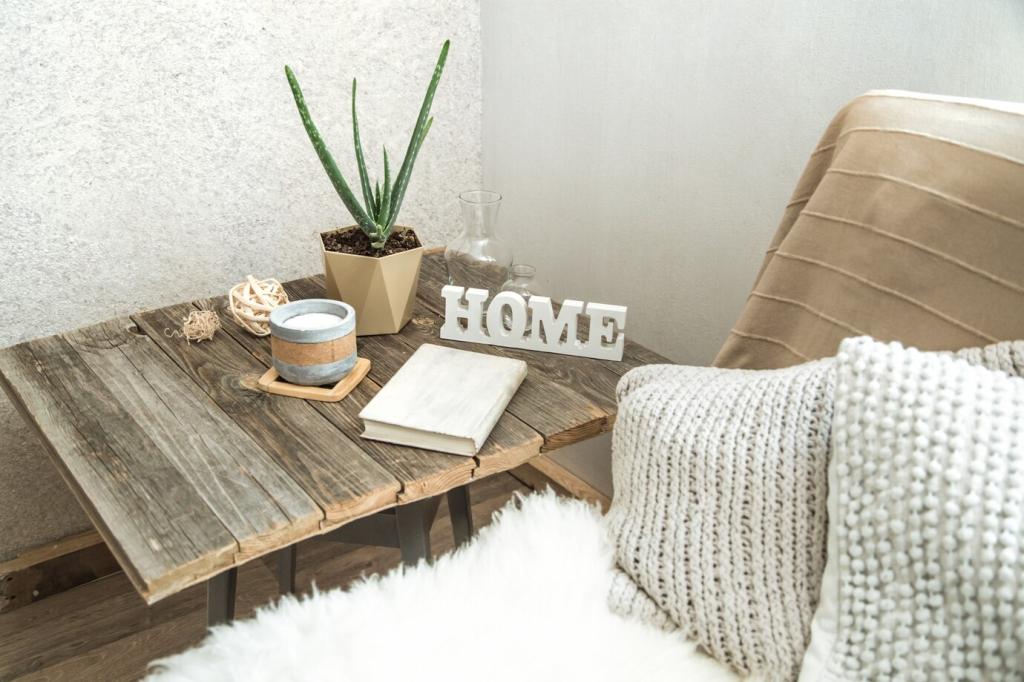This website uses cookies so that we can provide you with the best user experience possible. Cookie information is stored in your browser and performs functions such as recognising you when you return to our website and helping our team to understand which sections of the website you find most interesting and useful.
Eco-Friendly Furnishing Trends in 2023
Eco-friendly furnishing has emerged as both a lifestyle choice and a design priority in 2023, reflecting a growing awareness of sustainability and environmental consciousness among homeowners and designers alike. As eco-awareness rises, furniture designers and manufacturers are innovating new ways to minimize ecological footprints without sacrificing style and comfort. This web page explores the leading eco-friendly furnishing trends that are defining interiors this year, including the use of recycled materials, local and sustainable sourcing, multifunctional minimalist pieces, and natural finishing techniques. Discover how these movements are shaping green living spaces, promoting well-being, and inspiring responsible choices for a better tomorrow.

Prioritizing Local and Sustainable Sourcing


